SRIHARIKOTA, AP (PTI): ISRO has successfully launched 2 Singapore satellites from its spaceport here and carried out a technical experiment as part of its cost-saving efforts in satellite deployment in orbits, named POEM 2.
ISRO's reliable Polar Satellite Launch Vehicle (PSLV) last Saturday injected the two Singapore satellites into the intended orbit. The satellites are part of the order secured by NewSpace India Ltd, the commercial arm of ISRO.
After the successful deployment of the two Singapore satellites, ISRO scientists undertook a major exercise as they initiated an 'in-orbit scientific experiment' using the fourth stage of the PSLV.
At the end of a 22.5 hour countdown, the 44.4 metre tall rocket lifted off majestically from the first launch pad at the pre-fixed 2.19 pm at the Satish Dhawan Space Centre here, located about 135 km from Chennai.
ISRO Chief S Somanath said PSLV placed both satellites into the intended orbit.
"The PSLV in its 57th mission has once again demonstrated its high reliablity and its suitability for commercial missions of such class," a beaming Somanath said from the Mission Control Center.
"In this mission, we had a core alone configuration of the PSLV which has many specialities and improvements that we made to bring down the cost of the rocket as well as its integration time. And this is the goal--to have increased production and launches of PSLV in the times to come...," Somanath, also Secretary, Department of Space, added.
Mission Director S R Biju said the "totally dedicated commercial mission" was carried out with "utmost precision."
The primary satellite TeLEOS-2 is a synthetic aperture radar satellite developed under a partnership between Defence Science and Technology Agency (DSTA) representing the Government of Singapore and ST Engineering.
It would be used to support the satellite image requirements of various agencies within the Government of Singapore. TeLEOS-2 carries a Synthetic Aperture Radar (SAR) payload. It would be used to provide all-weather day and night coverage and is capable of imaging at one metre full polarimetric resolution for Singapore.
The co-passenger satellite is Lumelite-4, co-developed by the Institute for Infocomm Research and Satellite TEchnology and Research Centre of the National University of Singapore.
It is an advanced 12U satellite developed for the technological demonstration of the High-Performance Space-borne VHF data Exchange System (VDES).
The objective of the satellite is to augment Singapore's e-navigation maritime safety and benefit the global shipping community, ISRO said.
PSLV C55 mission has been adopted with the 'integrate, transfer and launch' concept using the PSLV integration facility at Sriharikota. It is also the 16th mission for ISRO using the PSLV Core Alone configuration.
Saturday's mission follows the successful deployment of the TeLEOS-1 satellite in a PSLV-C29 rocket along with five other satellites of Singapore in December 2015.
The space agency also carried out the PSLV Orbital Experimental Module-2 (POEM-2) as an orbital platform to carry out the scientific experiments through non-separating payloads carried by it.
Announcing the success of the PSLV satellite mission, Somanath also said "POEM is going to write some more poems" with seven payloads.
The payloads belong to ISRO, Bellatrix, Dhruva Space and Indian Institute of Astrophysics. It has "deployable solar panel for the first time in the upper stage of a rocket."That is another exciting thing to happen," Somanath added.
The payloads on POEM-2 would be powered by scientists to perform the operation. The platform's solar panel would be deployed facing towards the Sun through a ground command.
Somanath said it is for the first time that solar panels are being deployed in the fourth stage of a rocket by the Indian Space Research Organisation (ISRO).
According to him, the platform would ensure the deployed solar panel points towards the Sun optimally using appropriate sun pointing mode, which would increase the power generation capability.
The power would be provided to payloads and avionic packages based on their requirements.
Briefing reporters later, he said the power generated from the platform can be used for a short time or even for a longer period. "If the power generated is 150 mw, it can be short but with this the power generation may even go up to 500 mw....we will be able to know in some time, " he said.
On the significance of such an experiment, an ISRO official told PTI that it would enable startups, satellites designed by students to use that platform as it would cost 'one-third' of the cost compared to a satellite being deployed in an orbit.
NewSpace India Ltd (NSIL) Chairman D Radhakrishnan said the non-separable payloads in the fourth stage would pave the way to future satellite missions undertaken by the space agency.
When asked whether there is a possibility to use the fourth stage of the GSLV rocket to demonstrate the 'scientific experiment', Somanath replied in the affirmative saying, "initially, PSLV..later GSLV."
On the future missions by ISRO, Somanath said the scientists were gearing for a lot of missions including PSLV, GSLV over the next three months.
"The Aditya L1 mission is there, then we will have the GSLV Navic mission and after that we will have the Chandrayaan-3 mission. After that we will have the next set of PSLV missions," he added.
To a query on the ambitious Gaganyaan mission, Somanath said the test vehicle mission carrying crew module has been planned to take place in June.
"The rocket will go up to 12-14 kms and test its systems and will return," he informed.
He said the first GSLV rocket under the Gaganyaan mission with the crew module was targeted for a February 2024 window.
Gaganyaan project envisages demonstration of human spaceflight capability by launching a crew of three members to an orbit of 400 km for a three-day mission and bring them back safely to earth, by landing in Indian waters, according to ISRO.
PSLV C55 mission: ISRO launches 2 client sats, attempts 'poem' with technical manoeuvre
Other Related News
India successfully tests new version of medium-range ballistic missile
A successful launch of the new variant of a medium-range ballistic missile has been carried out under the aegis of the Strategic Forces Command on April 23, the Defence Ministry has announced.
 Previous Article
Previous Article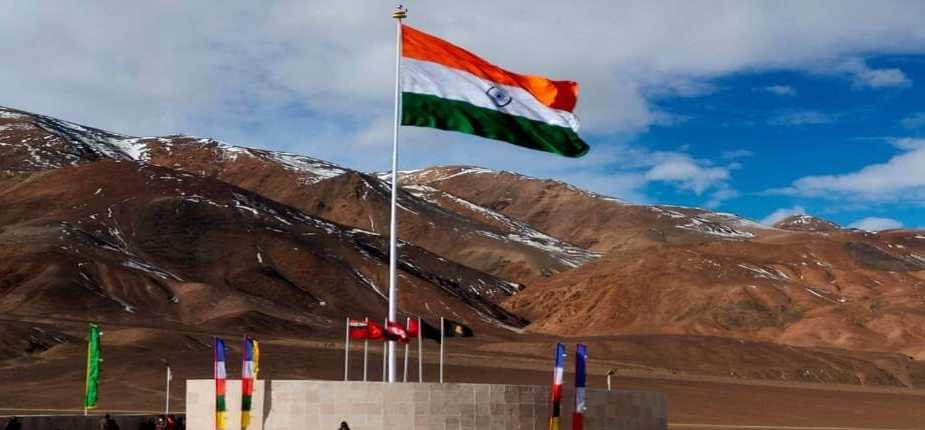 Next Article
Next Article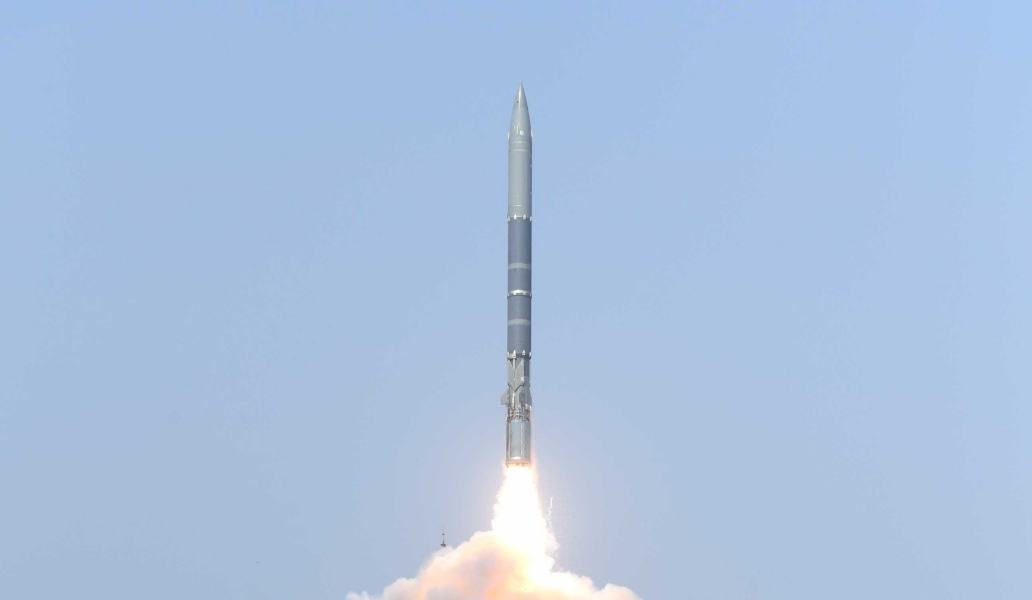
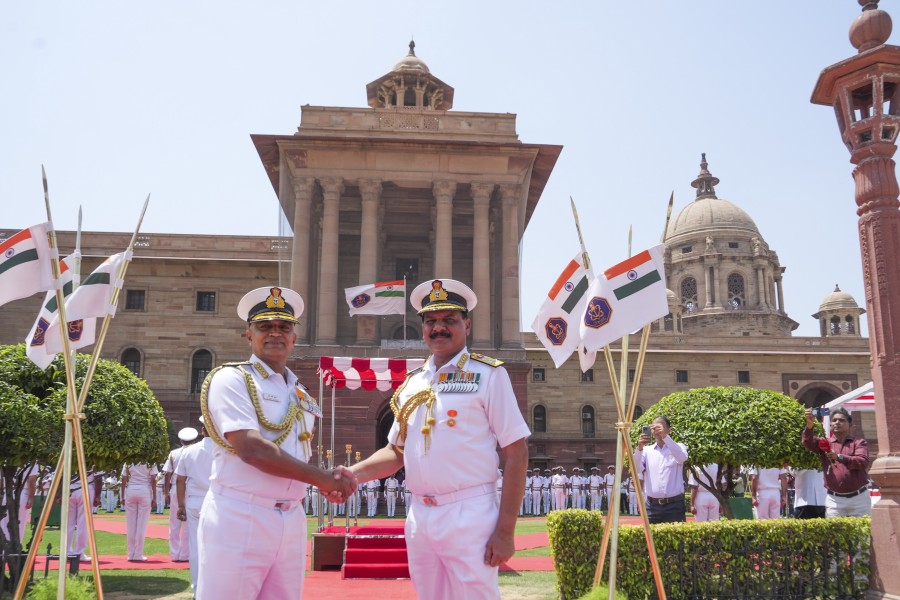
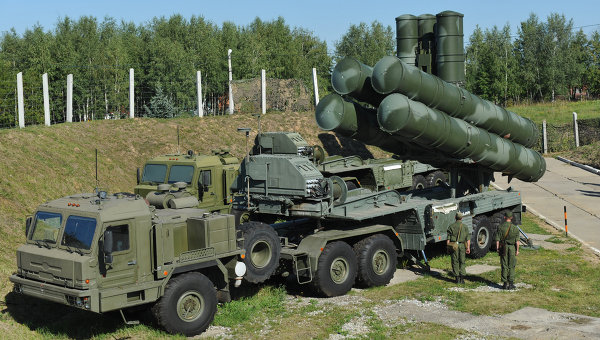
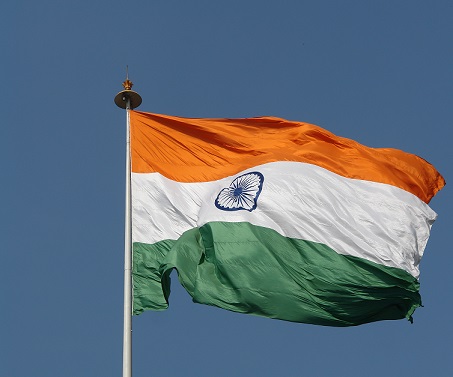
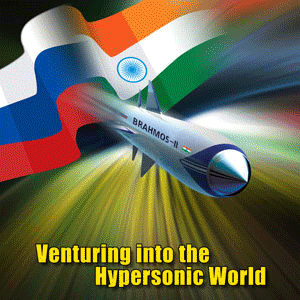
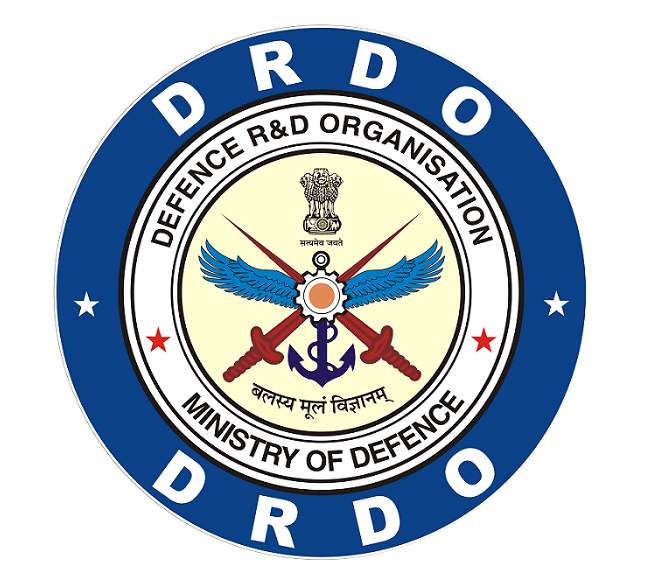
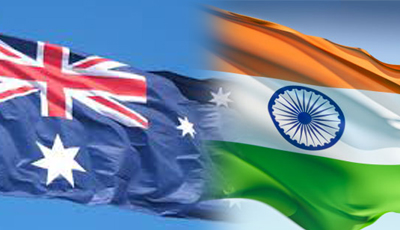
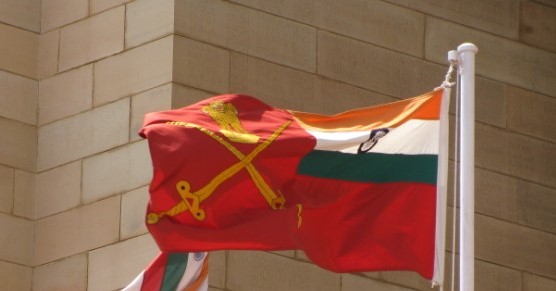






The Indian Air Force, in its flight trials evaluation report submitted before the Defence Ministry l..
view articleAn insight into the Medium Multi-Role Combat Aircraft competition...
view articleSky enthusiasts can now spot the International Space Station (ISS) commanded by Indian-American astr..
view article